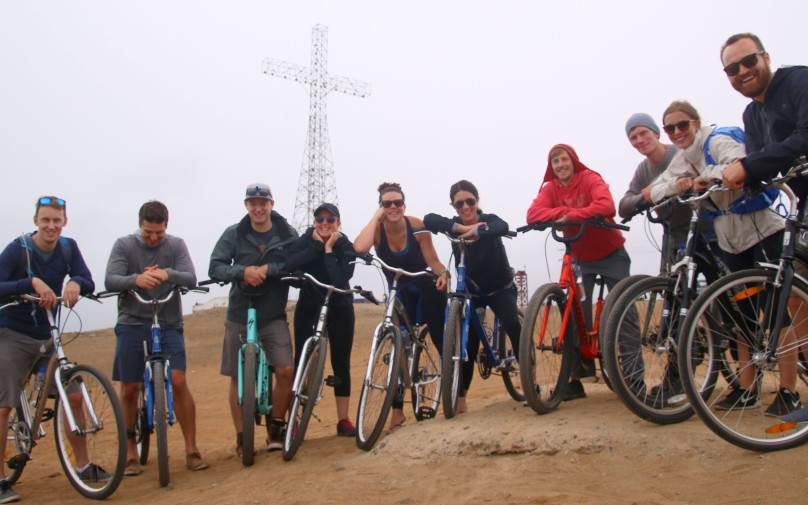
Rimac, a district in Lima Province, Peru, is a hidden gem that offers a unique blend of history, culture, and natural beauty. Nestled on the banks of the Rimac River, this area is known for its colonial architecture, vibrant local markets, and rich cultural heritage. One of the must-do activities in Rimac is the Historic Center Tour, where you can explore the stunning Plaza Mayor, the ancient catacombs, and the fascinating Huaca Pucllana. This tour provides a deep dive into the history and culture of Lima, making it a perfect activity for both tourists and locals alike. Whether you’re wandering through the bustling markets or enjoying the serene beauty of the riverbanks, Rimac offers an unforgettable experience that captures the essence of Peru.
Rimac, a district in Lima Province, Peru, is a hidden gem that offers a unique blend of history, culture, and natural beauty. Nestled on the banks of the Rimac River, this area is known for its colonial architecture, vibrant local markets, and rich cultural heritage. One of the must-do activities in Rimac is the Historic Center Tour, where you can explore the stunning Plaza Mayor, the ancient catacombs, and the fascinating Huaca Pucllana. This tour provides a deep dive into the history and culture of Lima, making it a perfect activity for both tourists and locals alike. Whether you’re wandering through the bustling markets or enjoying the serene beauty of the riverbanks, Rimac offers an unforgettable experience that captures the essence of Peru.






















